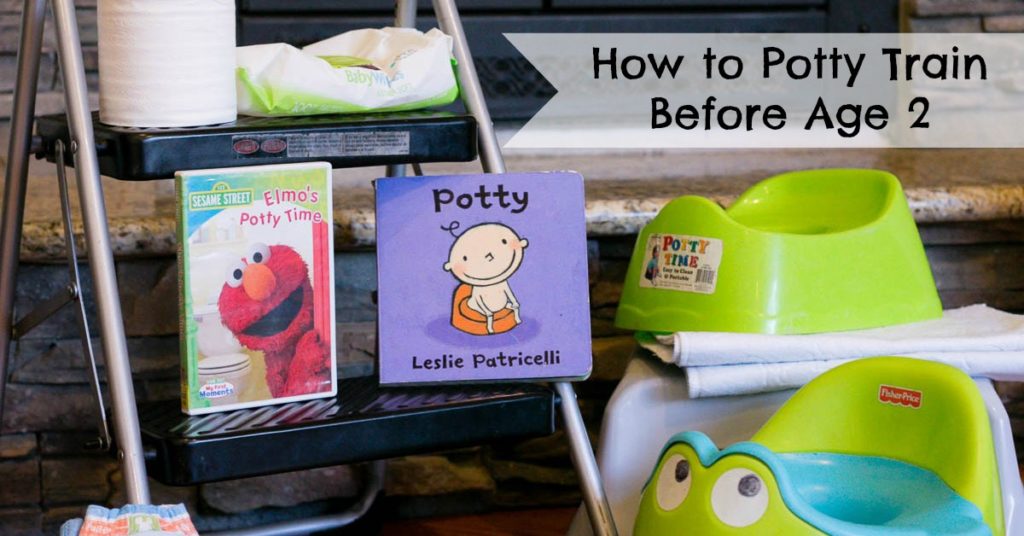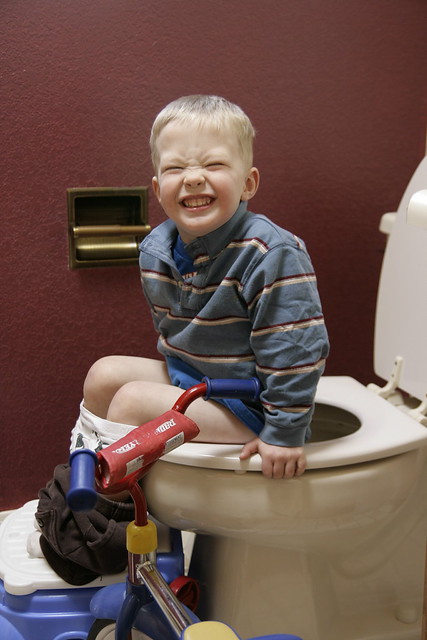The Montessori Way – Potty Training
Potty Training with your toddler – The Montessori Way

The first question to ask yourself before you start the process of potty training with your child is, ‘Is my child ready to use the potty or toilet?’
While learning to use the toilet is a natural process, it begins when your child develops a desire to be grown up, and your child’s neurological development has advanced to the point where they can control their bladder and bowels.

Tim Seldin pointed out a very important point in his book, How to Raise an Amazing Child: The Montessori way to bring up caring confident children – ‘We don’t train children to use the toilet, we support them when they are ready.’
Potty Training is a natural and gradual process.
- The process develops at your child’s pace, and you need to follow your child.
- Talk with your child about the normal process of our body getting rid of the parts of food we don’t need. Use simple words / visual aids that your child can understand.
- Make a potty available for your child to sit on. Remember your toddler is at a stage of imitation, and he/she may want to do what their siblings or other family members are doing, even if your child has not yet developed the bladder and bowel control.
- When your child shows interest in dressing and undressing independently, make sure to choose clothing your child can manage, so they can learn to pull their own pants up and down. Pants with elastic around the waist are useful in the process.
- Your toddler may show interest in wearing training pants or underwear around the house; it helps your child with sensing being wet versus dry. Your child will begin to learn that it feels better to be dry than wet, and you may see your child begin to hold for longer periods to stay dry.
- Read books about potty / toilet training.

Preparing your child gradually and following your child when he/she shows more interest in sitting on the toilet or potty is crucial for you to build the foundation to teach your child,
- the process of pulling down their pants,
- sitting on the toilet/potty,
- using toilet paper,
- pulling up their pants,
- flushing the toilet,
- and washing their hands.

Allow your child to make independent choices.
If your child is using a potty, keep it in the bathroom, so your child can always find it.
Have piles of cloths for cleaning, a bucket for wet clothing, and a pile of clean underpants available for your child. This allows your child to get some dry underpants and put any wet clothes in the bucket. Involving your child in this process allows him/her to take ownership of the process.
Rules for you, the adults, in the process of potty training.

- Let your child lead.
- Don’t apply pressure.
- Don’t reward or punish (potty training is a natural bodily process).
- Prepare the environment for your child.
- Support your child, and don’t become emotionally involved.
- Make your child feel confident. A stool for your child to sit comfortably on the toilet may help boost your child’s confidence.
- Incorporate toileting into your child’s routine.
- Don’t ask, and rather state, ‘It is time to use the toilet.’
- Use a timer, alarm clock, or have your child use a potty watch to remind themselves when it is time to sit on the toilet / potty.
- Never force your child to use the toilet or potty.
- Never scold or over-congratulate – keep in mind this is a natural and normal process.
- Do not interrupt your child to use the toilet – wait until your child finishes his/her activity.
- If a child has an accident, stay calm and be reassuring. Do not make them feel ashamed. Your child can get their own clothes to change into. Allow your child to change independently and in their own time. Help to provide supplies to clean up and wipe the floor. If your child asks for help, or if they seem overwhelmed, ask them to let you know how you can help.
Expect setbacks, especially when:
- a new sibling is born,
- you are going through a divorce or separation,
- a death of a close family member / pet occurs,
- you move to a new home,
- and your child needs to attend a new school.
I am ending this post with a beautiful Montessori quote….
“We must help the child to act for himself, will for himself, think for himself; this is the art of those who aspire to serve the spirit.” – Dr. Maria Montessori

